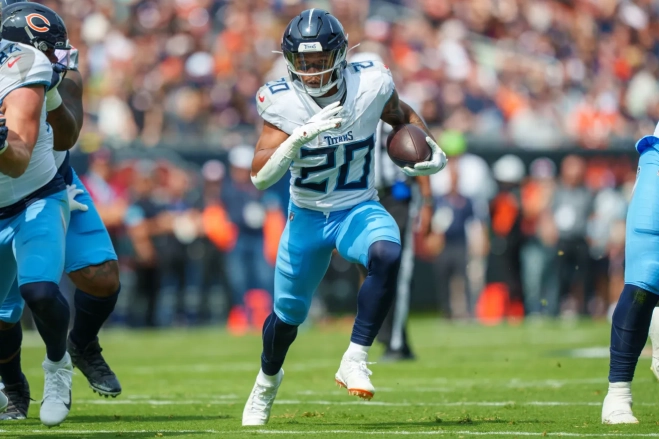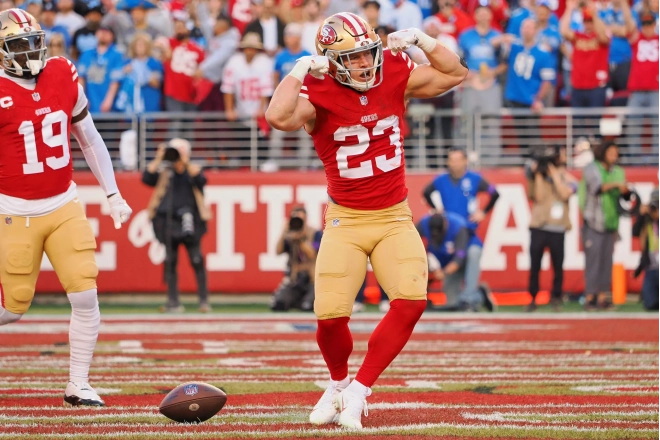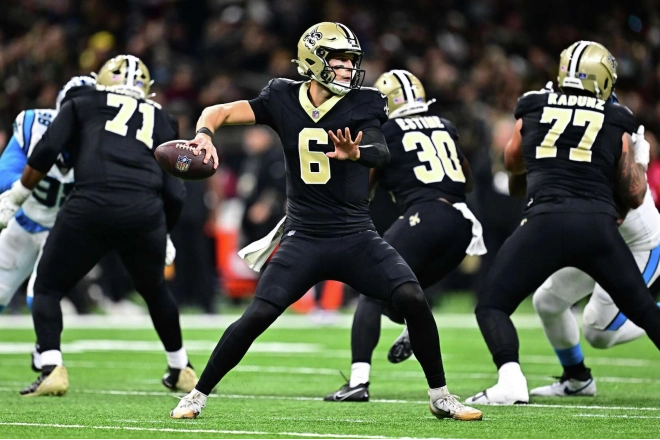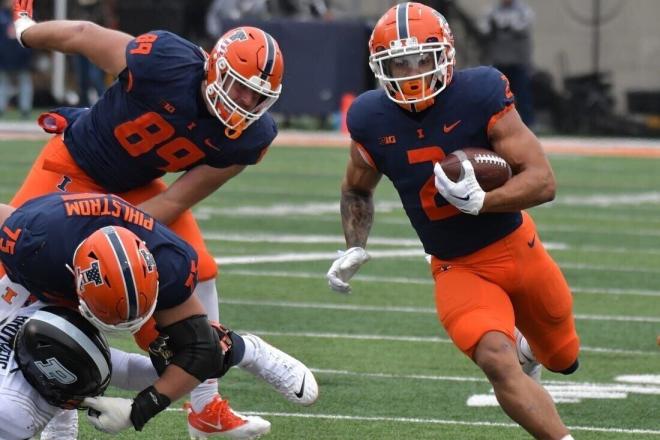Not every running back fits the mold of a dual-threat, some are just old school ball-to-belly rushers. These types of backs don't offer much in the passing game (as of now) but are excellent rushers. Here is the landscape of the old-school running backs:
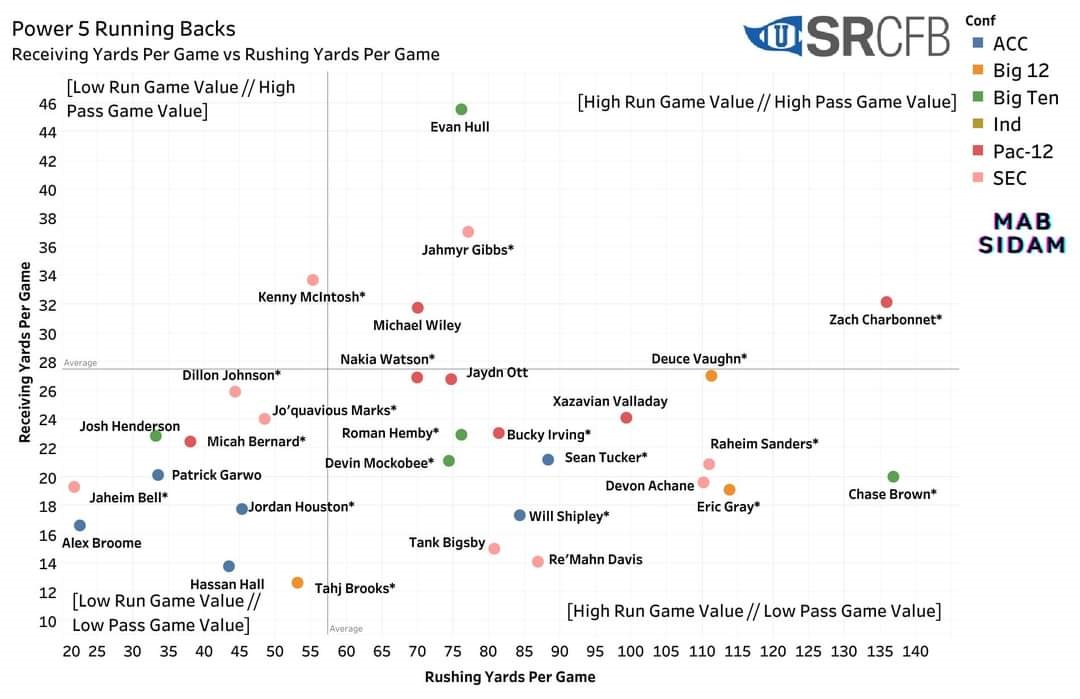
Chase Brown (Illinois)
Rushing Yards Per Game: 137
Receiving Yards Per Game: 18
Height: 5'9-1/2", Weight: 209 lbs
Chase Brown just wrapped up one of the most productive rushing seasons in recent college football history, logging over a 100 yards in 10 out of the 12 games he played. On a defense-first team with few playmakers on the other side of the ball Brown was the workhorse who carried the Illinois Fighting Illini offense all season.
Positives:
- Is an explosive playmaker due to his elite speed and shifty style as a runner, which make him a scoring threat at any distance
- Is a patient runner behind the line waiting for gaps to develop
- Showcases surprising strength for his size, he is an aggressive runner through contact.
Negatives:
- Lacks traditional size and weight, which also limits his pass protection ability
- Pass catching ability is still in its developmental phase, limiting him as only a run threat for now
- Is not an every down back, but would work well in a committee backfield fulfilling a specific role
Game to watch: Indiana
Worst show: Northwestern
Comp: Jerick McKinnon
Eric Gray (Oklahoma)
Rushing Yards Per Game: 114
Receiving Yards Per Game: 19
Height: 5'9", Weight: 206 lbs
Eric Gray transferred from Tennessee to Oklahoma and turned into one of the nation's most productive backs. Oklahoma had an odd down year as they transitioned head coaches (Lincoln Riley to Bremt Venables). Despite these turbulent identity times for Oklahoma their offense remained elite centered around Gray's playmaking threat.
Positives:
- Is an elusive playmaker known for his shifty style as a runner. He is a slippery runner using his agility to wiggle free of tackles, making it hard for defenders to bring him down
- Showcases great vision to find gaps and avoid incoming defenders
- Has all the tools to be a reliable passing option out the backfield (hands, sense for separation and yards after catch ability)
- Though he lacks consistency, he showed flashes in certain games.
Negatives:
- Lacks traditional size and weight, which also limits his pass protection ability
- Combine tests for speed (40-yd dash) was underwhelming, which also shows up on tape - not many break away runs from Gray.
- Is Not an every down back, but would work well in a committee backfield fulfilling a specific role
Game to watch: West Virginia
Worst show: TCU
Comp: Miles Sanders
Devon Achane (Texas A&M)
Rushing Yards Per Game: 110
Receiving Yards Per Game: 20
Height: 5'8", Weight: 188 lbs
Devon Achane used his explosive playmaking ability to become one of the nation's most productive backs. Texas A&M was not a great team last 2022 season. The struggles peaked on offense as they cycled through QBs, putting the offensive burden on the run game, led valiantly all season by Devon Achane. He provided the spark on offense week after week for a struggling offense.
Positives:
- Has great speed at all levels: Initial burst at the line of scrimmage is explosive,; possess break away pace to race away from defenders; and rapid acceleration makes him a touchdown threat from any distance
Negatives:
- Lacks traditional size and weight associated with a bell-cow back
- Combine tests for size and agility were underwhelming - not physically built to play through constant contact or break tackles
- Needs to be set up in space for the playmaker gene to show
- Is Not an every down back, but would work well in a committee backfield fulfilling a specific role
Game to watch: Arkansas
Worst show: Alabama
Comp: Tony Pollard
Here is Mab's Part 1 analysis: Rookie Evals Part 1: Dual-Threat Running Backs

